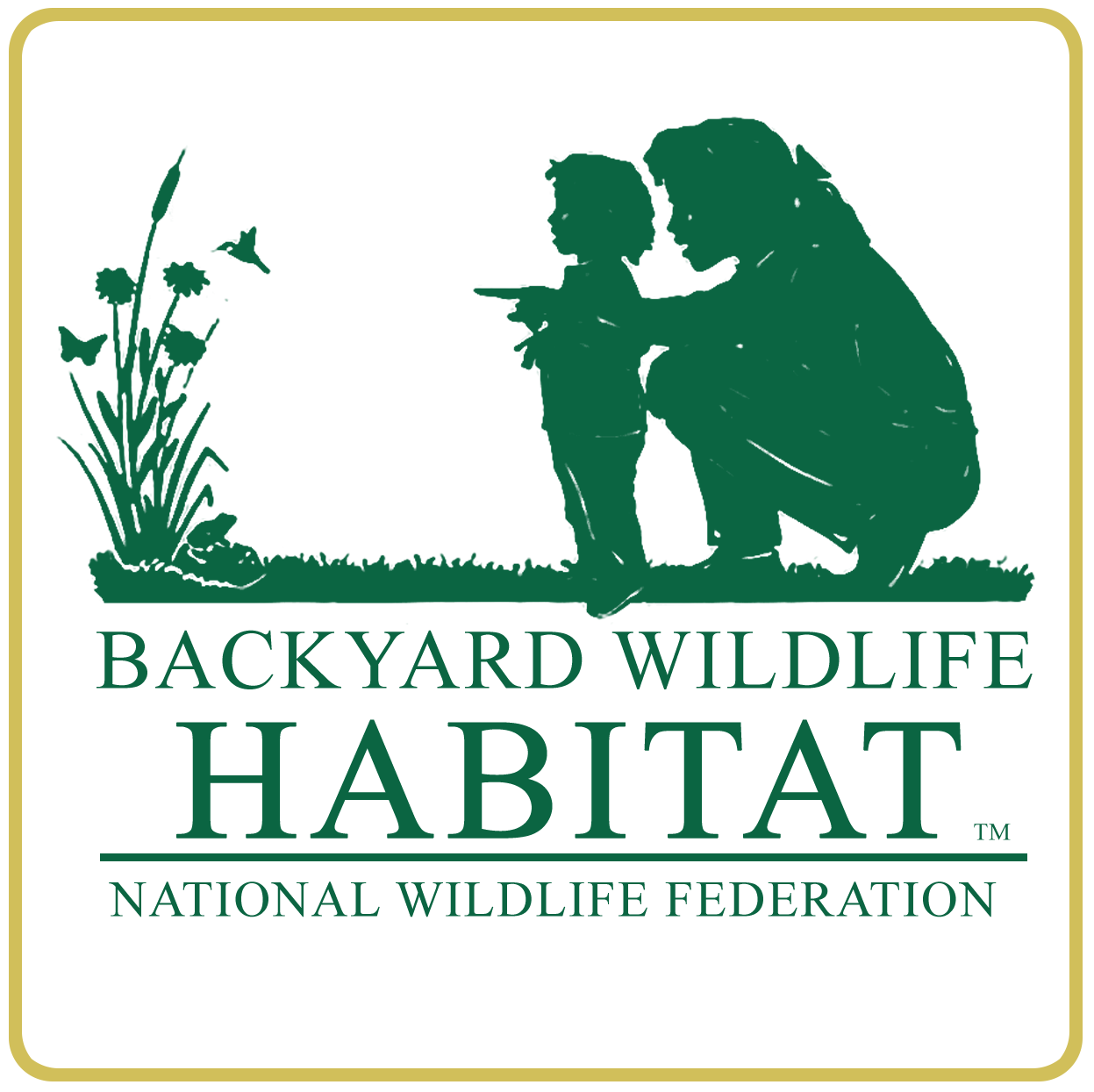Wildlife Gardening


A Garden for the Wild Things
By Ron Vanderhoff - Nursery Manager
Try to imagine a garden where the only thing alive is plants. I can't. I could hardly call it a garden without some birds, insects, lizards and other small creatures.
Planting trees, flowers, shrubs, and vines is easy. But with a little more planning and the right plants even a suburban Orange County garden can be a magnet for vanishing wildlife. It is very satisfying watching birds in your garden snack on berries, or seeing a lizard basking on a warm stone or butterflies dancing among your plants. That’s a garden. Not a sterile, stagnant place made for the stillness of a photograph, but a living, breathing place. This kind of garden begs for you to get involved, to step further into it. It’s a place that asks you to look more closely.
A garden full of life is exciting. The thrill of discovering a new nest is even greater when one day it is filled with baby birds; then watching them learn to fly. Bright blue or orange dragonflies, melodious Pacific Treefrog’s and playful Western Bluebirds can all be brought into a garden. By day, Cliff Swallows glean the air of small insects, while Mexican Free-tailed Bats take up the task each evening.
To create a backyard habitat a garden needs four elements: food, water, shelter and places to raise young.
Every animal needs to eat! Planting native or other appropriate shrubs, trees and vines is the easiest way to provide the foliage, nectar, pollen, berries, seeds, and nuts that many of our local animals and insects require. Salvias, oaks, toyon, milkweed, currants and gooseberries, golden yarrow and native grapes all provide food, in one form or another, for the creatures in your garden.
When natural sources of food aren’t enough, supplies can be supplemented with bird, hummingbird and squirrel feeders. These can be home made or purchased from our outdoor garden store and can be a significant source of nutrition for both resident and migrating wildlife.
Wildlife will need a source of fresh water for drinking, bathing, and reproduction. Water may be provided from natural appearing features such as a pond, a small recirculating stream, puddling areas for butterflies or a hollowed out large stone. Or clean water can be provided by human-made features like bird baths or the addition of a dripper, a device that allows a drop or two every few seconds to fall into a small pool of water. Drippers can be very attractive to small animals, especially birds.
Wildlife needs places to hide in order to feel safe from people, predators, and weather extremes. They also need a sheltered place to raise their offspring. The easiest way to provide cover for wildlife is by using plants, both dead and alive. Arrange plant in clusters, and levels. Shrubs should lead to small trees, alongside larger trees. Wildlife is attracted to multi-storey plantings for shelter and forage. Diversity in the landscape is necessary. Some plants provide food but very little cover; others provide cover but little food.
You can also create hiding places for animals by using logs or rocks. Birdhouses specifically made for the types of birds you would like to attract can be helpful. Even roosting boxes for bats and owls provide them with a place to rest and raise their young. Places for cover also become locations where wildlife can raise their young. Locate birdfeeders and birdbaths near cover. Birds need escape routes, especially from cats. Overhanging branches from nearby trees are ideal.
Finally, after providing the basic needs of wildlife - food, water, shelter and nesting - you may also want to consider the maintenance strategies of your garden. Pesticides should be used carefully, if at all. Likewise, noisy leaf blowers and power equipment can be quite disruptive. Where possible, let the plants and the garden relax a bit. Tightly clipped hedges, immaculate shrubbery and hospital clean flower beds should give way to a more wildlife friendly appearance. Where possible, leave some leaves where they fall and let a few branches grow as they wish.
Pretty flowers, vines, shrubs and trees aren’t the sum of a successful garden. Sprinkle in some wrens, toads, lizards, butterflies, dragonflies, opossums, orioles, squirrels, bumblebees, warblers and bats and now you have a garden... a living garden.
A Ron Vanderhoff Blog





